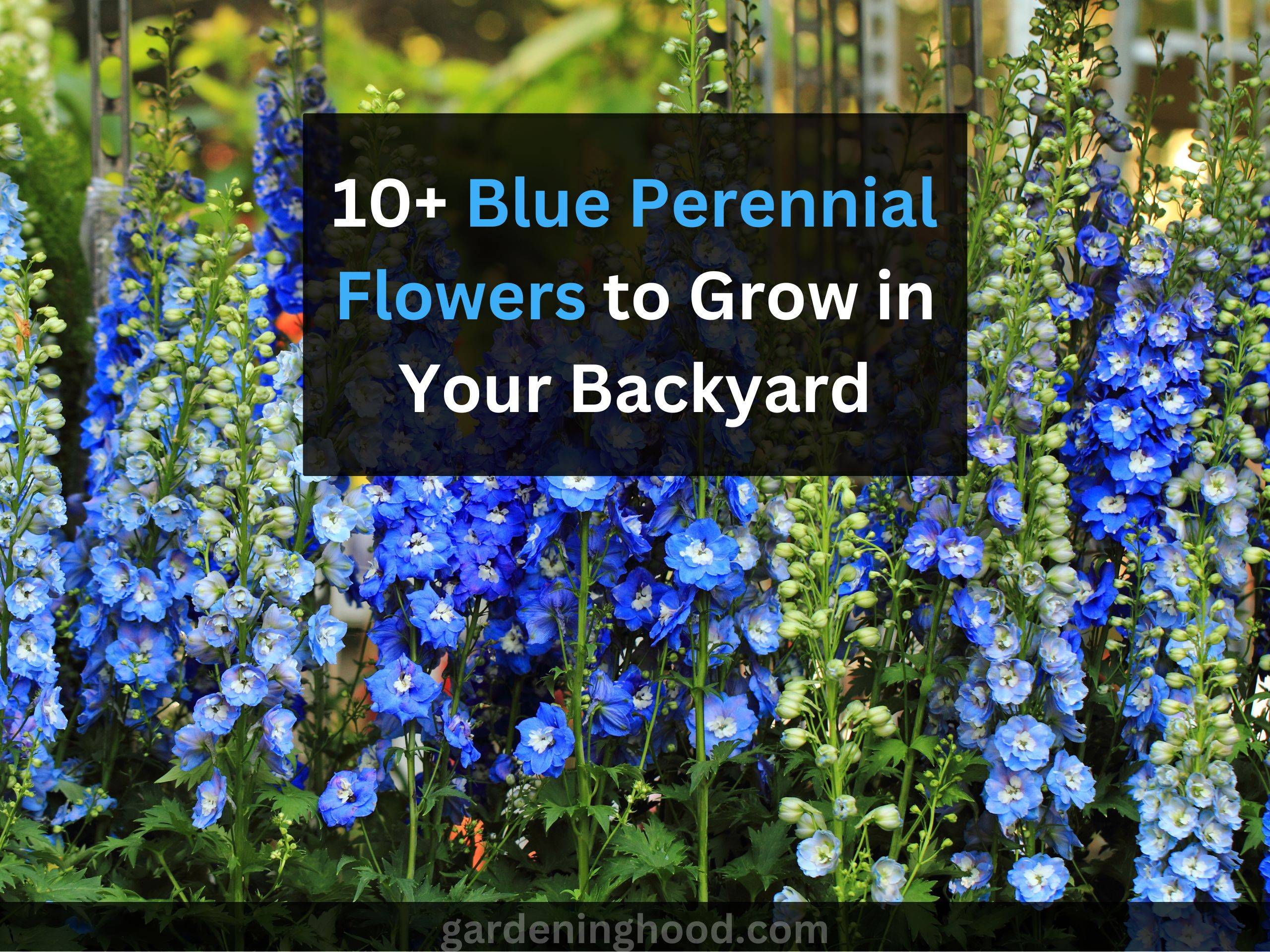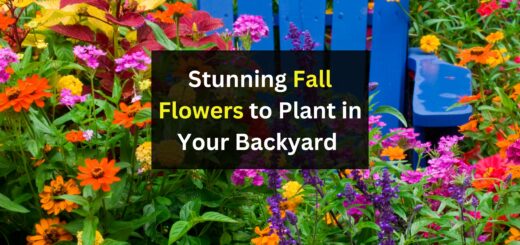How to Grow and Care for Desert Bluebell Flowers?
Do you know What exactly are Desert Bluebell Flowers? Let’s go on an experience ride! Walk through California’s Mojave and Sonoran deserts in spring and you might notice a giant carpet of purple-blue flowers snuggling around the rocks.
Look for desert hyacinths in California’s Mojave Desert. If the timing is right, you may be able to see a sea of flowers during a great show. But even in the home garden, desert hyacinths are bright and beautiful. For more information on desert hyacinths, read on.
Quick takeaways:
- They are not limited to these regions, and they have also become popular garden plants in the United States.
- These little blooms turn dusty rocks into seas of color until the summer blooms wither.
- Phacelia campanularia, also known as desert bellflower, which is different from the European hyacinth known as Hyacinthoides Non-Scripta.
What is a Desert Bluebell Flower?
What exactly are Desert Bluebell Flowers? Scientific name Phacelia campanularia ssp. vasiform, these plants are native annual herbs that prefer sun and dry soil. The plants themselves are stiff and upright.
When you start growing desert hyacinths, you will notice that the oval leaves are rounded and covered with fine hairs. Desert hyacinths are large, bell-shaped, and have a vibrant blue color. They have yellow anthers protruding from the bell-shaped petals.
Hyacinths evoke wild meadows and fairytale forest scenes, with a blanket of purple-blue petals. But hyacinths don’t have to be just for the wild, they can be grown at home as seeds or bulbs, perfect for throwing in a cottage garden where bright, contrasting blooms are grown in a disheveled fashion.
How to Grow a Desert Bluebell Flowers?
Desert bluebell flowers can be found growing wild in the deserts of southern California. After a wet winter, they may flower en masse, with thousands of them producing sapphire blue masses. You might want to learn how to grow desert bluebell flowers if you want to see that magnificent blue color in your garden.
Check your hardiness zone first. If you grow desert bluebell flowers in USDA plant hardiness zones 9 through 10, you’ll have the easiest time caring for them.
Place these beauties in a spot that gets plenty of sun. They require well-draining, coarse, or sandy soil. Sprinkle seeds on top of the soil in late summer or early fall to give them the light they need to flourish.
The biggest feature about these plants, aside from the indigo color of the blossoms, is how easy they are to care for. Keep in mind that they are native plants, and natural plants know how to live on their own.
Don’t irrigate the plants once they’ve established themselves, for example. They’ll make do with any water they can get their hands on. Fertilizer is the same way. Don’t utilize any of them.
How to Care for Desert Bluebell Flowers?
When it comes to growing and caring for desert bluebells, you’ll need to know everything there is to know about how they respond to their environment just like you come to know about the sweet broom shrubs.
You’ll need to know about their light demands, watering requirements, preferred soil types, temperatures, fertilizer, and how to keep them healthy. Let’s look at all of the variables that go into developing this incredible crop. Below are the caring tips for your plant to follow:
Fertilizer needs
- You have to provide this plant with water-soluble fertilizer so that the plant grows vigorously in the garden area.
- You can also make use of slow-release fertilizer and also water-soluble fertilizer.
- You have to fertilize the plant after every 2 weeks when the plant is growing actively in its season.
- It is suggested to look after the instructions written on the label.
Sunlight needs
- This plant will grow best in the full sunlight. So, you have to provide this plant with a good amount of sunlight.
- You have to provide a sunny location for the plant. Also, you have to check that the plant does not remain in the shade for long.
- Also, 6 hours of sunlight is sufficient for the plant but if the sunlight is less, then there will be leggy growth in the plant.
- Also, if you see that there are droopy leaves in the plant, then it shows that the plant needs sunlight.
Watering needs
- During the time of winter, you have to water the plant less. Also, if there is more rainfall, then you have to look after the growth cycle.
- When the plant begins to grow, you have to limit the level of watering at the time of springtime.
- These plants will also last for some time without water for long.
- Last but not least, you have to water the plant when the soil of the plant is dry.
Soil needs
- Soil is the medium by which the plant grows at its best. The soil you choose for your plant should be well-drained.
- You have to keep the soil moist as this plant will not grow well in the waterlogged soil where the water is too much.
- Soil should be light for this plant making the plant amazing for the desert landscape.
Temperature needs
- The ideal range of temperature for this plant is 65 degrees Fahrenheit to 70 degrees Fahrenheit.
- It will not thrive well in the high humid areas, so you can provide them with average humid areas.
- This plant will grow well in various conditions in which the USDA growing conditions are 9-10.
Tips for Desert Bluebell Flowers
- It should be planted in a full sun position as these plants are found in those desert areas where light is abundant.
- Water is an important factor in the growth and nourishment of these plants.
- The soil needs to be well-drained and as light as possible.
- Hot dry summers and wet winters are ideal conditions for these annual.
- These are some of the lowest-maintenance plants.
Common Problems With Desert Bluebell
As you know this plant is being affected by fungal infections and various pests that tend to come to the plant to ruin its foliage.
So you have to maintain the growth of the plant that will be discussed below but before that, you need to know about some of the common problems that will have a great impact on your plant. They are as follows:
Curling Leaves
It is one of the common problems that are being faced with this plant it happens because of less supply of water to the plant. You will see that the leaves will begin to cure if you do not water the plant on time.
You have to make use of Neem oil or soap water solution so that you can easily restore the leaves of your plant.
Leaves Turning Black
Why the leaves will turn black is because the plant is being infected by the fungus. So it is your responsibility to maintain the growth of your plant. if the weather is not suitable for the plant, then there will be root rot caused in the plant.
it will also happen because of the access the supply of through the plant so you have to make use of fungicides to save your plant.
Brown-colored leaf tips
One of the problems with this plant is the brown color live tips in the plant.
It is because of the excess supply of sunlight to the plant which makes them dull. Also, less supply of watering can be the cause behind this issue.
Spots on the leaves
Sometimes there are holes or spots on the leaves that disturb the look of the plant in the garden.
As you know, there are various best that like this plant, so they come near the plant so that they can take the fluid from the plant to satisfy their hunger.
So you must remove those logs or pests from the plant by hand if possible. Otherwise, you can make use of homemade solutions to prevent it.
Yellow-colored leaves
Oh! Another main problem faced by this plant is the turning of leaves into yellow color, which shows the exact sign of overwatering. So you have to keep in mind, not to overwater the Plant.
feed them with water when the soil becomes dry and that can be checked by inserting a finger in the soil and effect. It feels dry about an inch then is the right time to water your plant.
Wrapping up the context
Last but not least, in this article you come to know that wildflowers that are native to your area are a beautiful addition to any garden. They look great, with vibrant blossoms bursting up all over the place during spring and brightening your day with a single glance.
They are, nonetheless, beneficial to the environment. Native wildflowers are drought-tolerant, don’t require any additional fertilizers or pesticides to thrive, and give blossoms to the many pollinators in your area.
Furthermore, they are extremely low-maintenance and prefer to be ignored rather than fussed with. They can be grown in arid, rocky soil with few other plants, producing blossoms and spreading easily. But it’s the fascinating hue of Desert Bluebell Flowers that makes them one of the most unique native wildflowers. Few flowers in home gardens are truly blue, and most have been hybridized or genetically modified in some way to get that color.
Thanks for reading! Happy Gardening!


